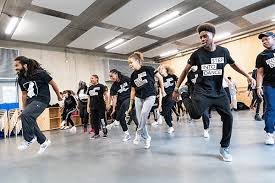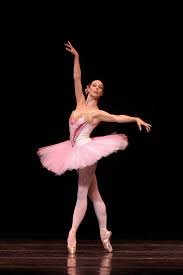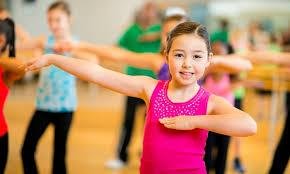Free Online Dance Courses (6 Months). Diploma in Dance
Free Online Dance Courses:
Online dance courses have become increasingly popular in recent years, allowing students to learn and improve their dance skills from the comfort of their own homes. Here are some of the benefits and considerations of online dance courses:

Benefits of online dance courses:
- Convenience: One of the biggest advantages of online dance courses is convenience. Students can access the courses at any time and from anywhere, as long as they have a computer or mobile device and an internet connection. This is particularly beneficial for students who have busy schedules or live in remote areas with limited access to dance classes.
- Flexibility: Online dance courses offer flexibility in terms of pace and schedule. Students can learn at their own pace and repeat lessons as many times as they need to, allowing them to master each step and routine before moving on to the next. They can also schedule their practice sessions around their other commitments, such as work or school.
- Variety of classes: Online dance courses offer a wide range of classes in various dance styles, from classical ballet to hip-hop to ballroom dancing. Students can choose the classes that interest them and develop their skills in different genres.
- Cost-effective: Online dance courses are generally more affordable than in-person dance classes, as they do not require the same overhead costs for facilities and instructors. Some courses may also offer free or discounted trial periods, allowing students to try out the course before committing to it.
- Experienced instructors: Many online dance courses are taught by experienced instructors who have worked in the dance industry for years. They can provide valuable feedback and guidance to students, helping them improve their technique and performance.
Considerations of online dance courses:
- Lack of in-person instruction: While online dance courses offer convenience and flexibility, they do not provide the same level of in-person instruction as traditional dance classes. Students may miss out on the personal attention and correction that a teacher can provide.
- Limited interaction with other students: Online dance courses may also lack the social aspect of traditional dance classes. Students may not have the same opportunity to interact with other students and form connections within the dance community.
- Need for self-motivation: Online dance courses require a high level of self-motivation and discipline. Without the accountability of in-person classes and the support of other students, some students may struggle to stay motivated and committed to the course.
- Technical issues: Technical issues such as slow internet speeds or malfunctioning equipment can disrupt the learning experience and lead to frustration.
- Limited performance opportunities: Online dance courses may not provide the same performance opportunities as traditional dance classes. Students may miss out on the chance to perform in recitals or shows, which can be an important aspect of the dance experience.

In conclusion, online dance courses offer many benefits such as convenience, flexibility, variety of classes, cost-effectiveness, and experienced instructors. However, students should also consider the lack of in-person instruction, limited interaction with other students, need for self-motivation, technical issues, and limited performance opportunities. Ultimately, the decision to take online dance courses depends on individual learning styles and goals.
Diploma in Dance:
A Diploma in Dance is an undergraduate level course that is designed to provide students with the knowledge and skills required to pursue a career in dance or related fields. The course typically takes two to three years to complete and is offered by various colleges and universities across the world. In this article, we will discuss the curriculum, eligibility criteria, career prospects, and other aspects of a Diploma in Dance course.
Curriculum:
The curriculum of a Diploma in Dance course includes a combination of theoretical and practical subjects that are designed to provide students with a comprehensive understanding of various dance forms and techniques. Some of the common subjects covered in the course include:
- Dance history and theory
- Dance choreography
- Dance techniques such as ballet, modern, jazz, and contemporary
- Music theory and composition
- Dance performance and production
- Anatomy and physiology for dancers
- Dance education and pedagogy
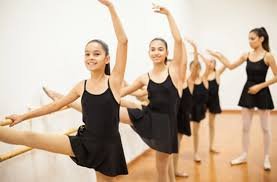
In addition to these core subjects, students may also have the opportunity to specialize in a particular dance form or style. They may also have the opportunity to participate in various performances and productions, both within the institution and outside.
Eligibility Criteria:
The eligibility criteria for a Diploma in Dance course may vary depending on the institution. However, some of the common requirements include:
- Completion of 10+2 or equivalent examination from a recognized board
- A minimum aggregate score of 50% in the qualifying examination
- A minimum age limit of 17 years
Some institutions may also conduct an entrance exam or audition to evaluate the candidate’s dance skills and potential.
Career Prospects:
A Diploma in Dance course opens up various career opportunities for students in the field of dance and related industries. Some of the popular career options for graduates of this course include:
- Professional dancer: Graduates can pursue a career as a professional dancer in various dance companies, theaters, and production houses. They can specialize in a particular dance form or style and perform in various shows and productions.
- Choreographer: Graduates can also work as choreographers, designing and creating dance routines for various performances and productions.
- Dance teacher: Graduates can work as dance teachers, providing training and instruction to students of all ages and skill levels.
- Dance therapist: Graduates can also work as dance therapists, using dance as a form of therapy to help individuals with physical, emotional, or mental health issues.
- Event manager: Graduates can also work as event managers, organizing and managing various dance shows and events.
Apart from these career options, graduates of a Diploma in Dance course can also pursue higher education in the field of dance, such as a Bachelor’s or Master’s degree in Dance.
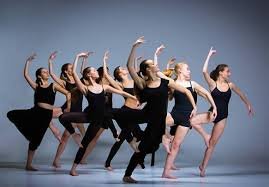
Other aspects:
Apart from the curriculum and career prospects, there are other aspects of a Diploma in Dance course that students should consider before enrolling. These include:
- Faculty: The quality of faculty and instructors can have a significant impact on the learning experience. Students should research the faculty and instructors of the institution to ensure they have the necessary expertise and experience in the field of dance.
- Facilities: Students should also consider the facilities provided by the institution, such as dance studios, performance spaces, and equipment. These facilities can have a significant impact on the quality of training and learning experience.
- Reputation: The reputation of the institution can also play a significant role in career prospects and opportunities. Students should research the reputation of the institution and its alumni to ensure that they are investing their time and resources in a reputable institution.
- Financial aid: Students should also consider the availability of financial aid and scholarships to support their education. They should research the various options available and apply for them to reduce their financial burden.
In conclusion, a Diploma in Dance course is an undergraduate level course that provides students
